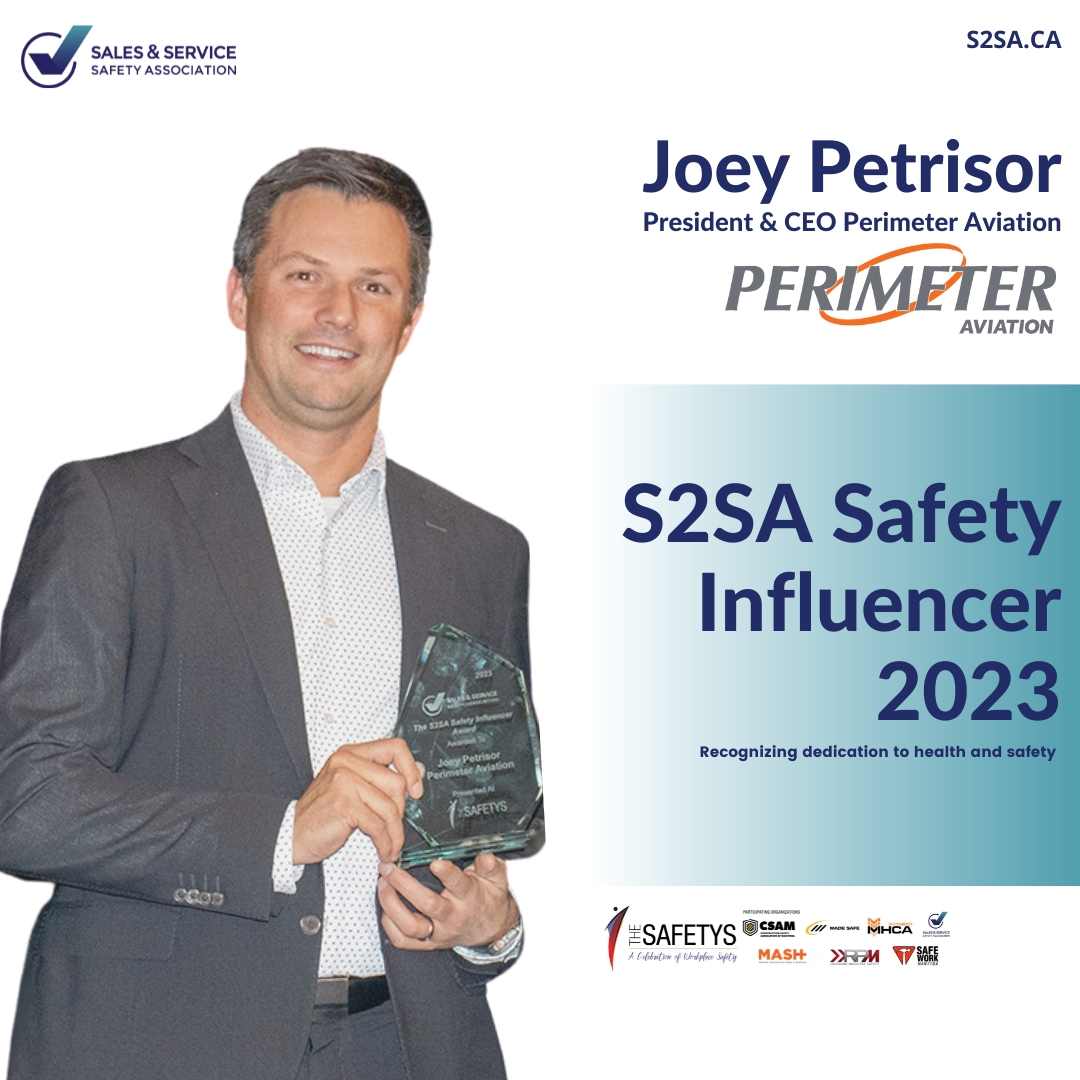Heat stress occurs when the body no longer has enough water to cool itself down. This causes dehydration, increasing internal temperature. If the internal temperature exceeds 38°C, severe harm to the body or even death may occur.
Factors that can contribute to this are increased temperature and humidity, personal protective equipment (PPE), physical work, and the work environment.
Symptoms
| Heat Cramps | Heat Exhaustion | Heat Stroke |
|---|---|---|
| Painful muscle cramps If left untreated, may lead to heat exhaustion | Shallow breathing Weak, rapid pulse Sweating Headache and nausea Fainting Muscle cramps Increased heart rate Pale, cool, clammy skin If left untreated, may lead to heat stroke | Sweating stops Confusion Headache Hot, dry, flushed skin Nausea and vomiting Increased breathing rate Shock Irregular pulse Seizures Cardiac arrest |
- If you have any of these symptoms during extreme heat, move to a cool place and drink liquids right away.
- Call 911 if you are caring for someone who has a high body temperature and is either unconscious, confused or has stopped sweating.
- While waiting for help – cool the person right away by: moving them to a cool place, applying cold water to large areas of their skin or clothing, and fanning the person as much as possible
Working in the Heat
In temperatures above the thermal comfort zone, often with the added perils of humidity, slow wind speed and a lack of shade, many outdoor workers find it difficult to escape the heat. Take measures to protect workers from heat stress by avoiding heavy exertion tasks, extreme heat, sun exposure, and high humidity when possible.
Provide plenty of Water
Workers should drink water continuously throughout the day.
Allow frequent breaks
Allow workers to rest and cool off in a cool area such as shade or air-conditioned buildings or vehicles.
Set up Shade Structures
If possible, it is a good idea to erect temporary shelters or move some tasks indoors or in the shade. At the very least, workers should take advantage of rest breaks to get out of the sun.
Plan Your Work
Schedule lighter tasks between 11am and 4pm, saving more strenuous work for the cooler hours of the day.
Wear Proper Clothing
Have workers wear loose, light, breathable clothing, UV-rated sunglasses, and a wide-brim hat.
Sunscreen of at least 30 SPF should be applied at least every two hours, or more frequently if sweating. Unfortunately, sunscreen also blocks the pores of the skin, restricting perspiration and evaporation (the body’s natural cooling process). Clothing and shade are the best sun protection.
Note that protective equipment may increase heat retention! Work requiring this equipment should be scheduled at cooler times or allow for more frequent breaks.




